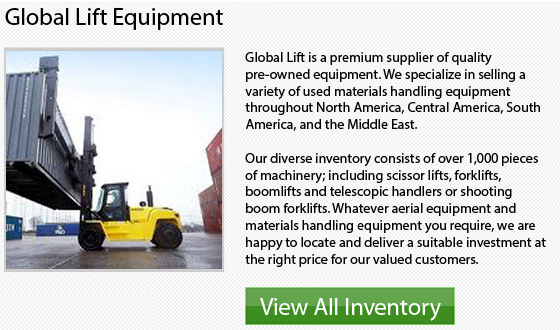
Classifications of Aerial Lift Platforms & Scissor Lifts
Scissor lifts and aerial platforms enable workers to work on high structures because they can get to a lot of things and structures. These lifts provide friendly user controls that enable to independently operate the platform from the base. This allows the equipment to access objects. There are numerous lift designs available that are suited for particular applications and settings.
Scissor Lift
Using a series of crisscrossed connected steel arms, the scissor lift is designed to create an X patterned support system when the lift is raised vertically. Workers use a big rectangle platform that is connected to the top of the lifting device. There are support railings along the edges to provide added protection.
Scissor lifts are ideal for pavement, hard and compact dirt surfaces and concrete since they feature a low profile. These machinery use either an electric motor or a combustion engine to power the lift as well as the lifting device.
Rough Terrain Scissor Lift
Rough terrain scissor lifts utilize the same technology as the standard model of scissor lift. The rough terrain unit varies in that it features a specific base which is designed for uneven surfaces. The rough terrain also provides a higher ground clearance and all terrain oversized tires. These models offer lower lifting heights overall due to the machine's higher center of gravity.
Telescopic Boom Lift
The telescopic boom lift offers a beam that rises both diagonally and vertically. In order to operate the boom, the machinery has controls outfitted on the work platform. The controls utilize a combustion or an IC engine in order to power the hydraulics and lift the boom.
Articulating Boom Lift
An articulating boom lift has two telescopic booms which are connected with a moving elbow. This lifting machine provides a bucket or a small working platform equipped with hand controls which are utilized to control the boom. The articulating lift can reach on top buildings and over things.